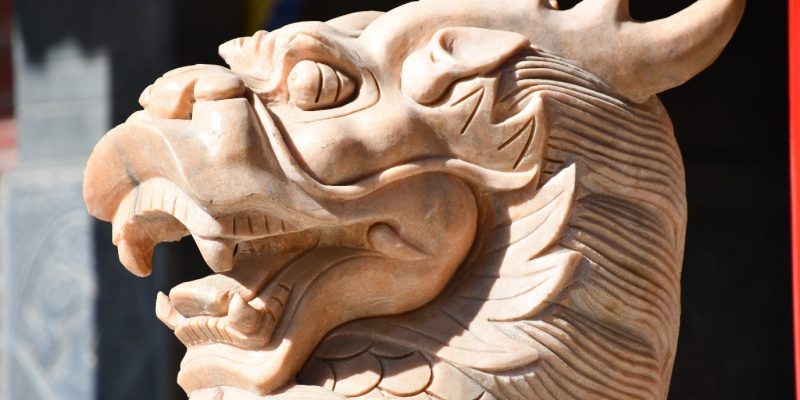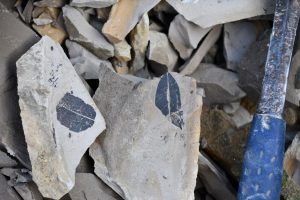
Figure 1: The leaf fossils of Fagaceae found in a mudstone
The focus of this fieldwork was to pick up where we left off on the 2nd Fieldwork trip back in October 2017 to study three more Cenozoic basins in Yunnan. This time Jan Peter Mayser flew alone over to China on the 15.01.2018 and met up there with Bob Spicer, Tao Su, Huang Jian and several students. The team rallied at Kunming, our first stop and set out into the heart of Yunnan. The plan was to visit a fossil locality and find remarkably preserved fossil leaves before setting out to find sections with Cenozoic sediments suitable for logging. Even JP, the geo-chemist, got lucky and was able to find some leaf fossils.
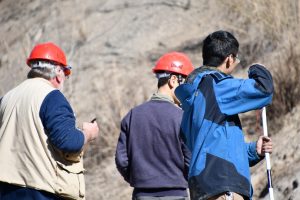
Figure 2: Bob Spicer instructing Tao Su and Weiyudong Deng in measuring with a Jacob’s staff.
At first, we were again denied access to the coal mine we wanted to sample. However, after some determined negotiations with the local government, we were allowed to access the mine. We were able to point out to the local officials that we were aware of the risks and hazards of an open-pit mine and would only proceed with care and caution.
In the field Bob Spicer showed us the advantages of logging a section with a Jacob’s staff. A Jacob’s staff is used to measure stratigraphic thicknesses in the field. It is very easily made, but a great tool in measuring sections especially when they are inclined. We upgraded Bob’s Jacob’s staff with a laser making the logging process easier and the measuring process very efficient.
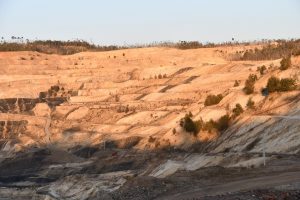
Figure 3: Overview of the complete section in an open-pit mine. The different beds can be clearly identified in the evening sun.
We were able to log and sample 340m of section and even found possible ashes, forming clear marker beds across the mine. We will unfortunately only know if they are datable after the lab analysis, which may take some time. The samples will be taken to XTBG processed there for pollen and bulk geochemical analysis before being sent over to Bristol for compound-specific biomarker analysis. The ultimate goal is to put together the macro-fossils (leaf fossils), the micro-fossils (pollen fossils and the molecular fossils (biomarkers) to understand the environmental conditions that had been prevailing during the deposition of these sediments and how the uplift of Tibet influenced and changed the climate and hence the environmental conditions.
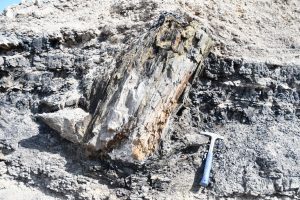
Figure 4: Lower part of an in situ preserved tree trunk, recognisable from the roots growing out to the sides at the bottom.
The team got especially excited due to the many tree trunks buried in the mine and some of them were beautifully preserved. In some coal layers the wood seemed to be almost mummified, other tree trunks were completely silicified and their tree rings
clearly preserved. Dendrochronology, the study of tree rings, may prove to be very difficult for trees this old. But the tree rings may offer insights into the growing conditions the trees experienced throughout their lifetime.
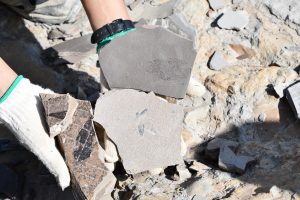
Figure 5: A few of the leaves found in the newly discovered leaf fossil layer.
Some of the tree trunks were even preserved in situ, meaning that they were buried and preserved in the original place where they had lived and died. This is crucial for the interpretation of the tree trunks, because it records the growing conditions of the site and has not been transported from a different area representing a different environment. Close to this tree the students found a new leaf fossil horizon, which they immediately exploited, hoping to find the leaves possibly even of this particular tree. Many on the leaf fossils found are not completely intact, however they do still contain enough information to deduce the growing conditions from the assemblage of the different leaves.
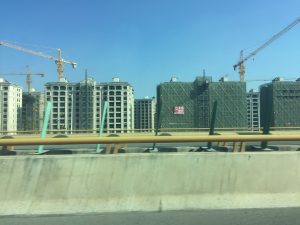
Figure 6: Large construction going on next to the highway in southeast Yunnan.
For the next Cenozoic basin we headed from south towards the Vietnamese boarder in southeast Yunnan close to the city of Wenshan and Maguan. Both cities lie in basins which contain Miocene sediments and they also contain lots and lots of macrofossils. The large building projects going on in China at the moment with their large movement of soil and rocks offer the chance to discover totally new geological sections. These sections were underground not long ago and not available to geologists. New outcrops are cut out of the ground at an amazing speed. Unfortunately for geologists and fossil hunters alike these opportunities do not last long and the outcrop of today may be the building front of tomorrow. It is therefore key to gather as much information and samples as possible now before the opportunity vanishes.
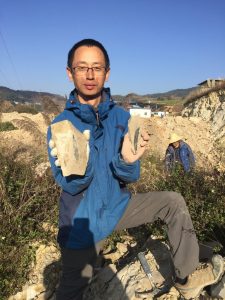
Figure 8: Tao Su finding leaf fossils in the field. Many of them have smooth edges indicating that they grew in warm climates.
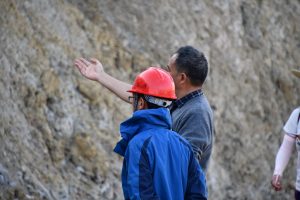
Figure 7: Prof. Shitao Zhang explaining the sediment structures of the outcrop.
This is especially the case close to larger cities such as Wenshan in south-eastern Yunnan. Here, because of the varying topography in Yunnan many different individual sections needed to be pieced together. Luckily Prof. Shitao Zhang from Kunming University of Science and Technology joined our team and with and the help of Linbo Jia we were able to find nice long sections containing many fossil leaves and hopefully biomarkers. Especially Tao Su was very successful in finding the fossil leaves. The leaves we found mainly had smooth leaf edges, which is indicative of warm climates (link to CLAMP).
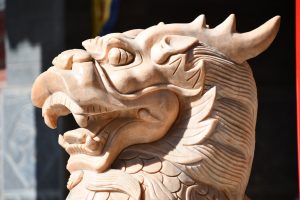
Figure 9: Dragons head in front of a temple in Jianshui.
Our last stop did not involved rocks, but culture. We visited the Zhu Family Garden in Jianshui. This lay on the road back from Maguan to XTBG. The so-called ‘Grand View Garden’ of South Yunnan Province, is a representative of Chinese residential houses of the Qing Dynasty (1644-1911). This garden was the residence and ancestral temple of the rich family Zhu. It covers an area of more than 20,000 square meters. The Zhu Family Garden exhibits 218 pavilions and towers with steep ridges, painted crossbeams and intricate painted ceilings. Every building in the courtyards enjoys an elegant and unique name, such as Hanyu Tower, Lan (Orchid) Pavilion and Xufang Pavilion. In this estate we saw an example of an old Chinese tradition, which takes place after the birth of a new child. The aim of the ritual is to determine the future profession of the child. The child is laid out in the middle of the floor and it is surrounded by various items representing possible future professions, whichever item is then grabbed by the child represents the later profession. These items vary from calculators, a sword texts books and plastic fish. If the child is most interested in the fish, this means he or she will become a fisherman.
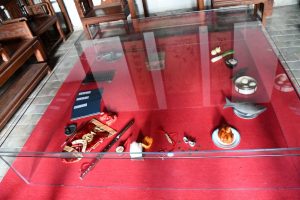
Figure 10: Arrangement of items to determine the future profession of the child.
It is really worth a visit and a great ending to a wonderful successful field trip.
By Jan Peter Mayser
